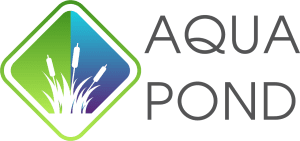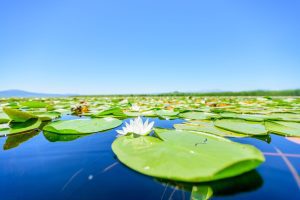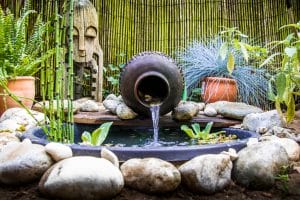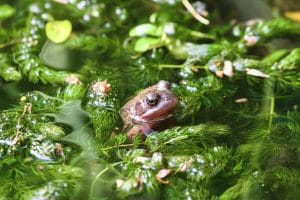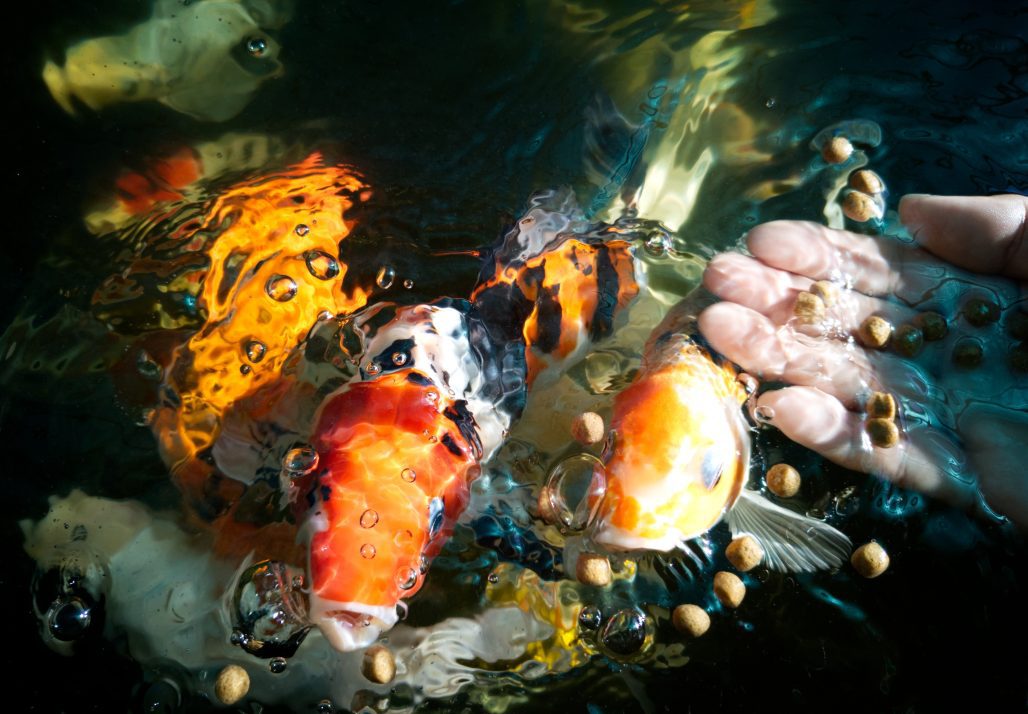
How Do I Know When to Stop Feeding My Fish for the Winter? Essential Guidance for Pond Owners
Fish owners often wonder when to stop feeding their pond fish as winter approaches. It’s a crucial decision that affects the health of koi, goldfish, and other aquatic pets. The best time to stop feeding fish for winter is when water temperatures consistently drop below 10°C (50°F).

At this temperature, fish metabolism slows down significantly. They enter a state of dormancy, needing less food to survive. Continuing to feed them can lead to undigested food in their systems, which may cause health problems.
Monitoring water temperature is key. Use a pond thermometer to check regularly. As temperatures drop, gradually reduce feeding frequency and amount. This helps fish adjust and prepare for the cold months ahead.
Key Takeaways
- Stop feeding fish when water temperatures stay below 10°C (50°F)
- Reduce feeding gradually as temperatures drop
- Use a pond thermometer to monitor water temperature accurately
Understanding Fish Metabolism and Digestive Health

Fish metabolism and digestion are closely linked to water temperature. Cold water affects how fish process food and can impact their overall health.
The Effect of Cold Water on Fish Metabolism
Fish are cold-blooded creatures, so their body temperature matches the water around them. As water gets colder, a fish’s metabolism slows down. This means they use less energy and need less food.
In chilly water, fish move slower and digest food more slowly. Their heart rate drops, and they breathe less often. Some fish species even enter a state similar to hibernation.
Fish farmers and pond owners should watch water temperatures closely. When temps drop below 10°C (50°F), most fish eat much less. Below 4°C (39°F), many fish stop eating altogether.
Digestion and Health Complications in Cold Weather
Cold water can make digestion tricky for fish. Their digestive systems work more slowly, which can lead to problems if they eat too much.
Undigested food can rot in a fish’s gut, causing:
- Bloating
- Bacterial infections
- Damage to internal organs
Fish have weaker immune systems in cold water. This makes them more likely to get sick if their digestion is off.
To keep fish healthy in winter:
- Feed them less often
- Give smaller portions
- Use food made for cold water
Paying attention to these details helps prevent health issues and keeps fish strong through the cold months.
Determining The Right Time to Stop Feeding
Knowing when to stop feeding fish for winter is key for their health. Two main factors help decide this: water temperature and fish behaviour.
Water Temperature Guidelines
Use a pond thermometer to check water temperature regularly. When it drops below 10°C (50°F), fish digestion slows down. At this point, cut back on feeding to once a day or every other day.
Stop feeding completely when the water reaches 4-5°C (39-41°F). Fish enter a dormant state at this temperature. Their metabolism slows greatly, and they can’t digest food well.
Keep monitoring the temperature throughout autumn. It may fluctuate, so be ready to adjust feeding as needed.
Observing Fish Appetite and Behavior
Watch how fish react to food as it gets colder. They may become less active and eat less. This is a sign to reduce feeding.
If fish don’t come up to eat within a few minutes, remove uneaten food. Leaving it can harm water quality.
Look for these signs that fish are ready for winter:
- Swimming slowly near the bottom
- Not rising for food
- Grouping together in deeper areas
When you see these changes, it’s time to stop feeding pond fish for the season.
Feeding Strategies for Winter Preparation

Proper feeding strategies help pond fish transition smoothly into winter. These methods focus on adjusting both food types and feeding patterns to match the changing needs of fish in colder water.
Transitioning to Wheatgerm-Based Foods
As temperatures drop, fish need foods that are easier to digest. Wheatgerm-based foods are ideal for this purpose. They contain nutrients that fish can process even when their metabolism slows down.
Switch to wheatgerm food when water temperatures reach about 10°C (50°F). This type of food is lower in protein and higher in fats and carbohydrates. These nutrients provide energy without taxing the fish’s digestive system.
Wheatgerm-based foods also help strengthen the fish’s immune system. This is crucial for helping them survive the winter months when they’re more vulnerable to illness.
Reducing Feeding Frequency and Portion Sizes
As winter approaches, fish become less active and require less food. Start by cutting back on the amount of food given at each feeding.
Reduce feeding to once a day when water temperatures fall below 10°C (50°F). When temperatures drop to around 4°C (39°F), feed only every other day.
Watch your fish closely during feeding times. If they’re not eating all the food within a few minutes, reduce the amount further.
Stop feeding completely when water temperatures fall below 4°C (39°F). At this point, fish enter a state of dormancy and don’t need food until spring.
Pond Winter Care Essentials
Proper winter care keeps ponds healthy and fish safe during cold months. Key steps include managing water quality and using the right equipment.
Maintaining Optimal Water Quality
Water quality is crucial for pond health in winter. Test pH levels regularly and keep them between 6.5 and 8.5. Remove dead leaves and plants to prevent harmful gases.
Use a pond net to catch falling debris. This stops extra nutrients from building up. Too many nutrients can cause algae growth when spring arrives.
Ice can trap toxic gases under the surface. Make a small hole in the ice for gas exchange. Don’t break the ice, as this can harm fish. Use a hot pan or specialised deicer instead.
The Role of Pond Equipment During Winter
Proper equipment use helps maintain a healthy winter pond. Keep pumps running to prevent freezing and maintain oxygen levels. Place pumps closer to the surface to avoid stirring up cold bottom water.
Aerators are vital for oxygen. They create movement, stopping ice from fully covering the pond. This allows gases to escape and oxygen to enter.
Consider a pond heater for very cold areas. It keeps a small area ice-free, helping with gas exchange. Don’t heat the whole pond, as this can confuse fish.
Remove UV filters and store them indoors to prevent damage. Clean and dry all equipment before storage. This prolongs their life and ensures they’re ready for spring.
Health and Wellness Through the Colder Months
Cold-water fish need special care as temperatures drop. Boosting their immune systems and preventing infections are key to keeping them healthy over winter.
Boosting Fish Immune Systems
Cold temperatures slow fish metabolism, making them more vulnerable to illness. Adding vitamins to their food can help strengthen their defences. Look for fish food with added vitamin C and D3.
Garlic is another great immune booster for fish. Try soaking their food in garlic juice before feeding. This can help ward off parasites too.
Maintaining good water quality is crucial. Test regularly and do partial water changes to keep nitrate levels low. Clean filters often, but avoid disturbing beneficial bacteria.
Preventing Bacterial Infections
Bacterial outbreaks are common in cold water. Keep an eye out for symptoms like white spots, cloudy eyes, or unusual behaviour. Early treatment is vital.
Adding aquarium salt can help prevent infections. Use 1 tablespoon per 5 gallons of water. Salt helps fish produce protective slime coats.
Avoid overfeeding, as uneaten food can lead to water pollution. Remove any leftover food promptly. Consider using a feeding ring to contain food in one area.
UV sterilisers can help kill harmful bacteria in the water. They’re especially useful in ponds or large tanks.
